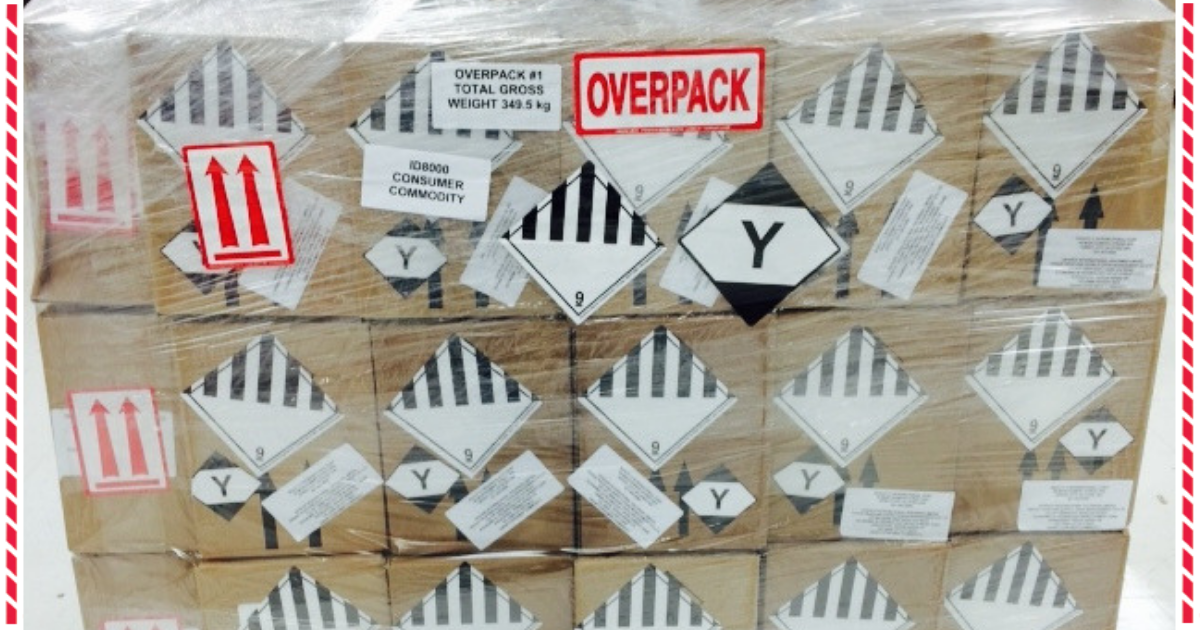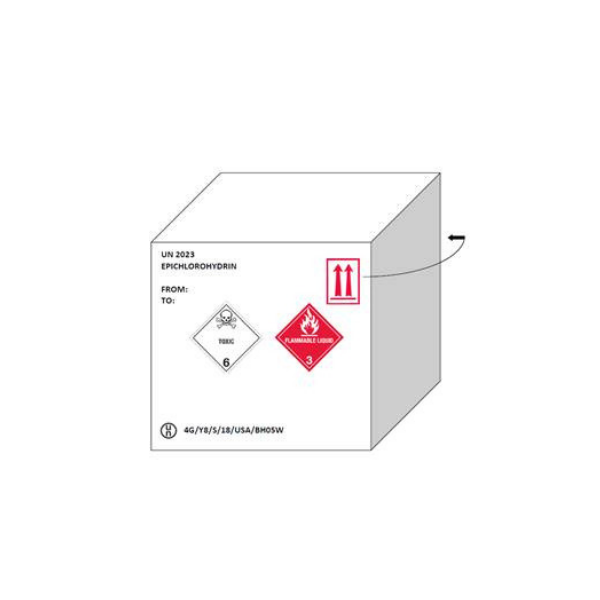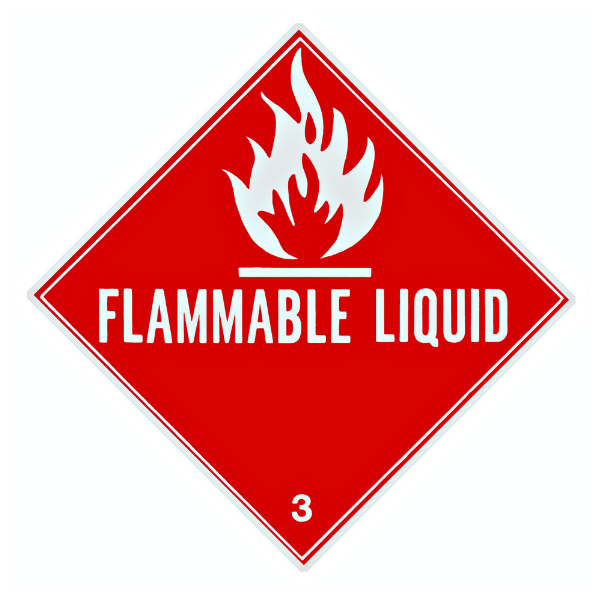
Recently, we have written on the importance of preparing packages and filling out the shipping papers – declaration. However, hazmat employess must do more than just these two steps to properly communicate the contents and dangers of a hazmat package. In this article, we will focus on another crucial aspect of the identification of packages containing hazardous materials: marks and labels.
What are Marks and Labels?
“Marks and labels” refer to a set of specific requirement designed to visually communicate the hazardous nature of a package’s contents. That way, anyone involved in the shipping process will know, on sight alone, not to treat them as they would with any conventional package. Their function is similar to shipping papers in that they provide details on the materials being shipped. However, unlike shipping papers, they are displayed directly onto the package itself.

Marks and labels must be on the outside of the package naturally and in a specific location. They must be visible, which may require a background of contrasting color, or a solid or dotted line serving as an outer boundary. They must also be durable, weather-resistant, and easily legible. Their size, color, and design must comply with specifications found in 49 CFR, IATA, and IMDG regulations. Shippers are responsible for applying the correct marks and labels and verifying that they meet all these requirements.
Different Types of Marks and Labels
There are several different kinds of marks and labels used for the identification of hazardous materials within packages. Some or all may be required depending on the material being transported. It is up to the shipper to know which ones need to be used and to verify that the pertinent marks and labels have been applied.
For starters, packages must display the correct UN specification marks when applicable. This shows that the packaging itself has been approved by the United Nations and meets the standards of the UN Model Regulations. The packaging manufacturer usually applies these after successful testing. However, shippers must still make sure they are correct and compliant with regulations regarding size, location, and specification.

Package use marks convey information for identifying the material itself. There are four basic kinds:
- The material’s proper shipping name
- The material’s UN/ID number
- The full name and address of the shipper
- The full name and address of the consignee
Hazard labels display the hazard class or division number to which the material belongs. A package must include the primary hazard label and, when required, subsidiary hazard labels.
Handling labels are not required for all dangerous goods, and shippers must know when to use them. While all hazmat packages must be handled more carefully than others, some require more specific treatment. These labels give further safety precautions per the regulations.
Receive Training in Identifying Hazmat Packages
Remember that as with any other part of the shipping process, the ultimate purpose for marking and labeling is to prevent a hazardous materials incident. Hazmat employees and shippers have a duty to follow the relevant regulations and maintain a safe environment for anyone involved in the shipping process. Marks and labels may seem like simple visuals. However, by virtue of that simplicity and presentation, they strongly and quickly communicate the most important details of hazmat packages. They cannot be neglected.
Of course, the task of applying and verifying marks and labels should only be left to trained hazmat employees. Hazmat University provides training for identification and all other parts of the hazmat transportation process. Check out our completely online programs in shipping by ground, shipping by air, shipping by vessel, multimodal shipping, and more.